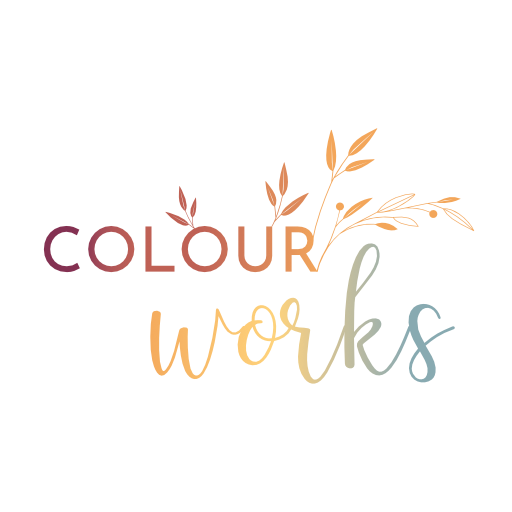The Dyeing Process
Dyeing is a very satisfying process. It takes time and patience, along with a certain amount of skill gained through learning and trial and error. It’s a constant learning process, and always full of surprises and ‘happy accidents’ when things don’t turn out as expected.
Due to the nature of natural dyes, each dyebatch is different and almost impossible to replicate. The colour can vary due to any number of reasons – where the plant was grown, when it was harvested, the acidity of the water used, the temperature of the water, the type of fibre…the list goes on. This is not like dyeing with synthetic dyes where you measure it out and the results are more or less guaranteed.

What I love about natural dyeing is this variation – I’m never quite sure what the end result is going to be. And there’s magic too: take something dyed with the cochineal beetle which gives pinks and reds, and put it in some water with lemon juice added. The acidity of the lemon juice turns the pink towards a more orangey tone. Do the same with water to which washing soda has been added and it will turn cerise due to the alkalinity of the washing soda. And we haven’t even got on to the indigo dyeing yet…

First, the yarns or scarves to be dyed must be soaked well to open up the fibres.

After ‘cooking’ or soaking, the fibres are rinsed, washed, and rinsed again. Sometimes several rinses are needed, especially with some of the stronger colours such as cochineal pink or annatto yellow, as the dye can tend to run out a lot. Then they are squeezed in a rolled up towel and hung to dry.

Annatto seeds from the achiote tree yield a beautiful range of golden yellows. Annatto is also used as a food colouring.
Greens are produced by dyeing with a yellow dye and then overdyeing with indigo. The process of dyeing with indigo is complex and involves chemical reactions which produce what can only be described as magic. We use a tea urn for the indigo vat as the temperature needs to be kept at a constant 45 degrees C. When the vat is ready, the fibres to be dyed are lowered in for a certain amount of time, taking care not to introduce any air bubbles or it will not work as oxygen stops the process. When the fibres are taken out, they are bright yellow, and then they turn green and then blue.

It’s a wonderful process and the blues produced can vary from light blue to very dark navy depending on how much indigo is used and how long the fibres are kept in the vat for. Indigo comes from the leaves of the indigo plant. The same colours were produced from the woad plant which was grown in England and was widely used for obtaining blues until the use of indigo took over. Woad produces paler blues compared to indigo. Purples are produced by dyeing first with cochineal and then with indigo. Many plants give wide variations of browns, beiges and yellows. Walnut husks give a lovely deep brown, buckthorn bark yields lighter browns, and dandelion flowers produce a delicate pale yellow.
